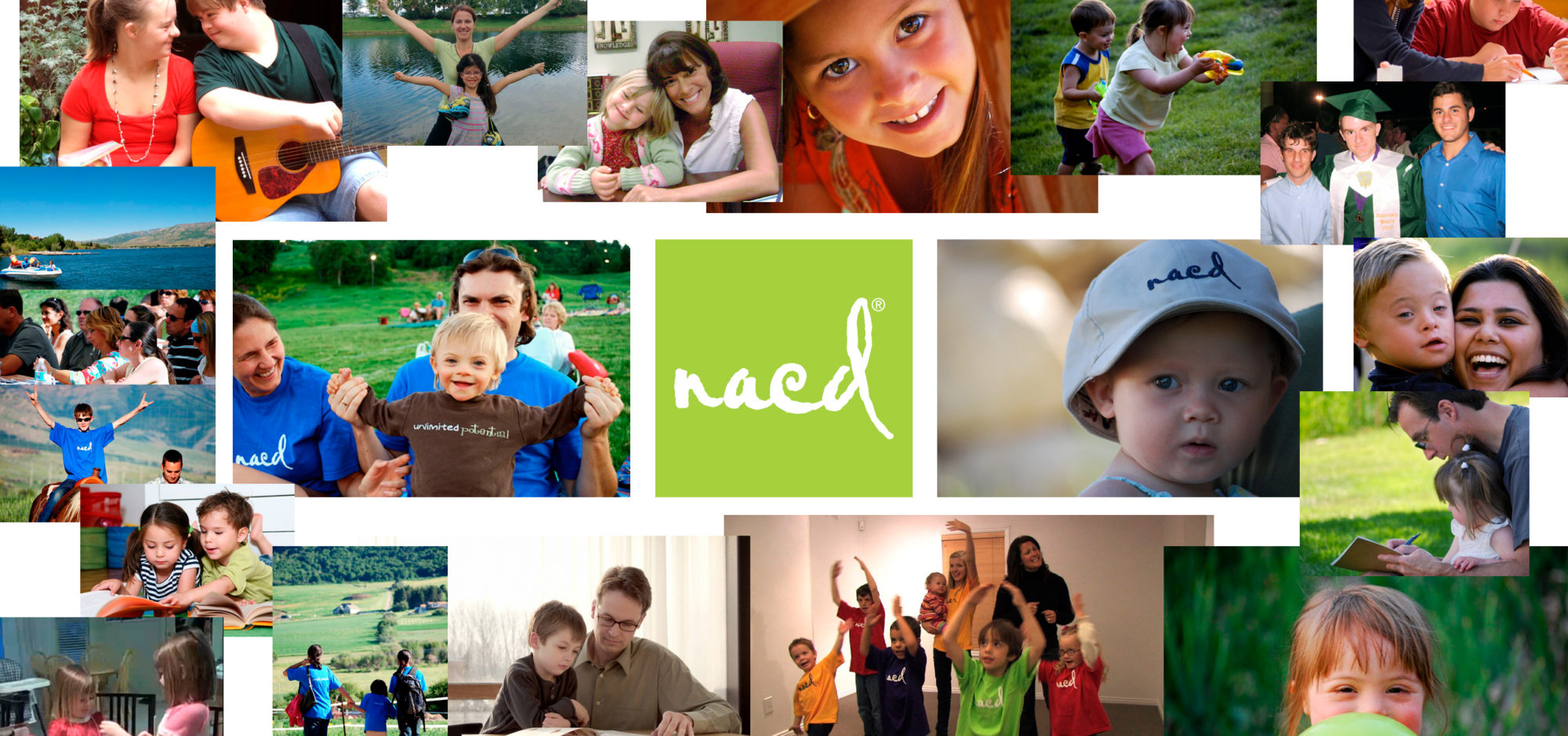 We just received this from one of our NACD moms:
We just received this from one of our NACD moms:
I wanted to share with you a jaw-dropping experience I had today:
I was having a meeting with an educational diagnostician regarding my daughter’s evaluation for next school year. I kept voicing my concern about how I didn’t think that the school district was up to date with newest research in neuroplasticity and wouldn’t provide her with the best possibilities that are available. Anyway, I must have used “neuroplasticity” 3 times in our conversation. At the end of the meeting, she said, “I’m sure that most teachers would look up any label that a child would have and make themselves familiar with that label. Now I’ve never had a student who had Neuroplasticity, but I’d be sure to look it up!” Then she asked me if I had any other questions and I said, “Nah, I think we are done.”
I’m afraid that this story typifies the current state of affairs. Training for those who work with educational and developmental problems is much more about labeling and categorizing than about addressing and fixing problems. The educational system and other disciplines that “help” us with our children and to take care of ourselves perceive that they are serving us if they can successfully give us a label. It sounds a bit better if it is called a diagnosis, but it is still a label; and once given, we are often categorized and a corresponding prognosis assigned. As this mother’s story has so well illustrated, it’s not about understanding and addressing a problem; it’s all about what you call it.
What cannot be understood or solved gets labeled, and then solving the individual’s problem often becomes less imperative, and the focus becomes how to make “appropriate” accommodations.
Psychologist: “Mrs. Smith, we have done comprehensive testing and we now understand why your son isn’t paying attention and is distractible. He has ADHD.”
Mrs. Smith: “What is ADHD?”
Psychologist: “That means he can’t pay attention and is distractible.”
Greater and greater percentages of our children are being labeled every year, and according to the professionals, they have diseases. Because they have diseases, they are all kind of the same; and because they are all kind of the same, then they need to find the cure that fits all of them; and until they find the cure, your child is essentially incurable. Having an incurable disease means that they can perhaps treat/mask the symptoms, but until the cure is found you’re kind of out of luck. Not.
What about your child being a unique human being, a person who has never existed before on the planet?
What about that thing that makes our brain development possible, and which wires each of us uniquely, and which is affected by everything we see, hear, feel, smell, taste, and think? Neuroplasticity.
Neuroplasticity is not a disease; it’s not a label. It is that thing that makes each of us who we are at this moment and which makes us a little different every millisecond. That thing that also affords us unlimited potential.
Neuroplasticity:
Understand it.
Believe it.
Take advantage of it.
